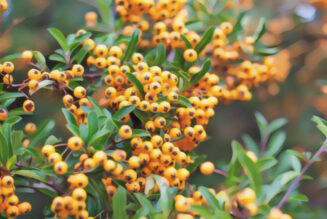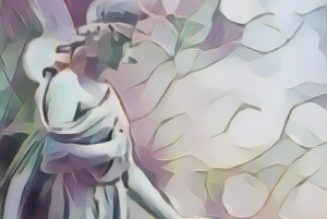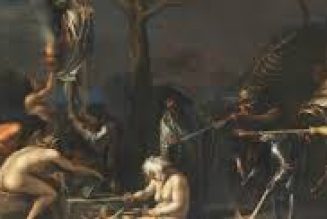Throughout human history, the image of a shaft—whether of wood, bone, or metal—has held profound symbolic and practical significance in magical traditions. From the totemic baton of ancient priestesses to the sceptres of queens, and from the cursing rod to the humble distaff, these tools have been wielded by women across continents and centuries. Their forms range from the elegantly carved to the naturally crooked, adorned with feathers, stones, and other sacred objects. The phallic rod, in particular, has drawn fascination and reverence, becoming a central emblem in the mysteries of feminine power and magic. Its enduring presence is evident not only in the rituals of witches and wise women, but also in the regalia of secular and religious authorities, where the wand or staff serves as a visible marker of office, celebrity, or spiritual status. This deep-rooted tradition finds vivid expression in the figure of the Völur, the seeress of Norse legend, who would raise her Seiðr staff in rites of prophecy and enchantment—a gesture echoing through the ages as a symbol of authority, connection, and transformation.
The practice of Seiðr, a form of Norse magic, is intimately connected to the concept of binding and weaving fate. The very word “Seiðr” is etymologically linked to Old High German terms for fetters and bindings, reflecting the central role of cords, halters, spun threads, and knots in its workings. These implements are not mere accessories; they are conduits for the manipulation of Wyrd, the web of destiny. The distaff, traditionally used for spinning, becomes a potent magical tool in the hands of the Völur, signifying both her status and her ability to shape the threads of fate. This symbolism resonates with the oaken stave of the warrior shaman, bridging the worlds of the domestic and the mystical, the feminine and the martial. Through the act of spinning and knotting, practitioners of Seiðr engage in acts of enchantment, binding intentions and outcomes into the very fabric of reality.
The sagas of the North are replete with accounts that hint at the mysterious powers of Seiðr, particularly its association with the winds and the breath of the practitioner, known as onð. In these tales, the sorcerer’s mind is projected outward, often taking the form of an animal emissary—an extension of the self sent forth to ensnare or entangle a target, much like a whirlwind wraps itself around its prey. This imagery is deeply rooted in animistic beliefs, where every element of nature—wind, thunder, storm—possesses its own spirit and agency. The act of sending forth a mind-emissary is not merely metaphorical; it reflects a worldview in which the boundaries between self and environment are fluid, and the practitioner can harness the living forces of nature to achieve magical aims. Through Seiðr and animism, the witch or shaman becomes both weaver and wind, binding, shaping, and moving within the great tapestry of existence. In this way, the magical tools and practices of the past continue to inspire and empower those who seek to walk the path of witchcraft today, connecting them to a lineage of wisdom, symbolism, and reverence for the living world.























